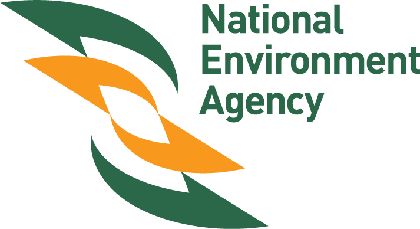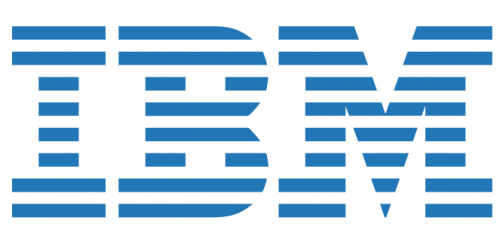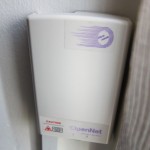 |  |
The National Environment Agency (NEA) is partnering with IBM to develop predictive models that can identify dengue risk areas and forecast heavy rainfall, among other analytics capabilities.
The three-year collaboration will allow researchers and experts from NEA and IBM to capture real-time data from environmental sensor networks and derive useful insights.
NEA can then make use of this information to better inform the public of changes in air quality, as well as potential dengue outbreaks and flood prone areas.
The information gleaned from the predictive models will also benefit other public agencies in their operations, and help the public make informed choices in their daily activities, said IBM and NEA in a joint statement yesterday.
“This collaboration is the first of its kind for NEA and represents our commitment to enhance our operations to better serve the public. Leveraging IBM’s advanced analytics capabilities, we can use data more intelligently for our operations and make sense of complex data that can be translated into useful information for the public,” said Andrew Tan, chief executive officer of the NEA.
“We hope that the collaboration will lead to new systems that can help highly compact and dense cities like Singapore better manage their environmental challenges. Such solutions will not only be relevant to Singapore but other cities around the world,” he added.
Specifically, NEA and IBM will develop predictive models in these environmental areas:
Air quality: Using real-time data streams from weather and environmental sensor networks, air quality can be predicted six to 24 hours in advance. The model will also allow NEA to backtrack air pollution incidents to identify possible pollution sources. NEA officers can then conduct inspections at those locations quickly.
Weather forecast: This will allow NEA to forecast heavy rainfall events and/or wind gust speed at a given location. Early warnings and alerts can be sounded out to help the public plan their activities.
Dengue prediction: Predictive models will be developed to detect outbreaks and conduct scenario analysis to evaluate how effective preventive measures are.
Food poisoning: Social media analytics will be used to detect cases of food poisoning. So, if a large number of people have tweeted about having a stomachache after consuming food from a certain F&B outlet, NEA officers could be sent to that outlet to investigate before things go out of hand.
Data analytics has been earmarked as a key focus area by the Infocomm Development Authority (IDA), which has initiated a programme to promote adoption of analytics software, and build industry and manpower capabilities to meet the analytics needs of enterprises.
Earlier in May, the IDA and its industry partners announced an investment of S$5.3 million to develop a suite of cloud-based analytics services for the retail and wholesale sectors.







If you want to monitor NEA and IBM news, blogs, twitter, facebook, google+ or youtube from any website you can use socialwatching.com. There’s an open search engine on search.socialwatching.com website.